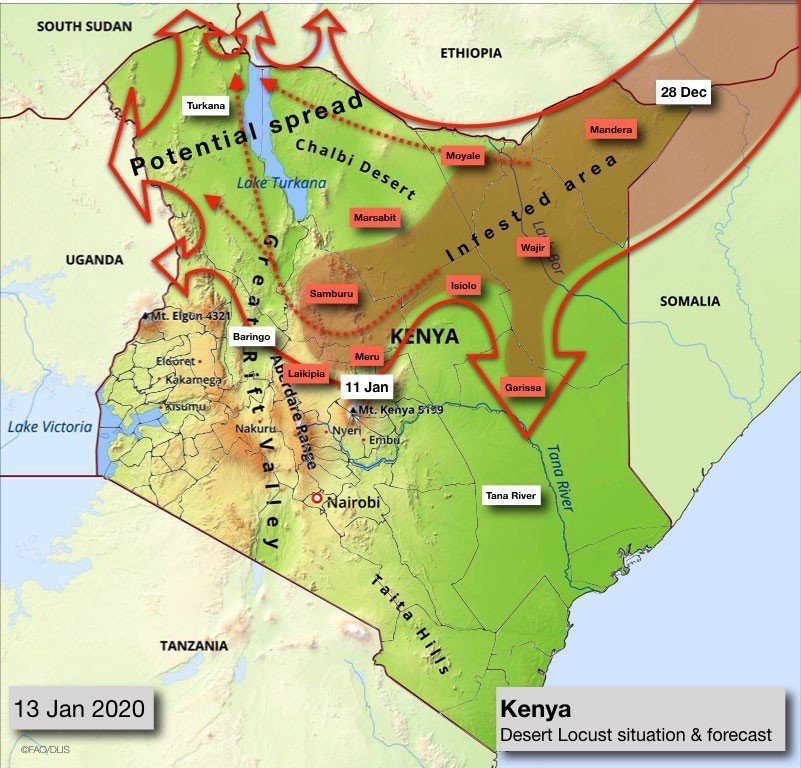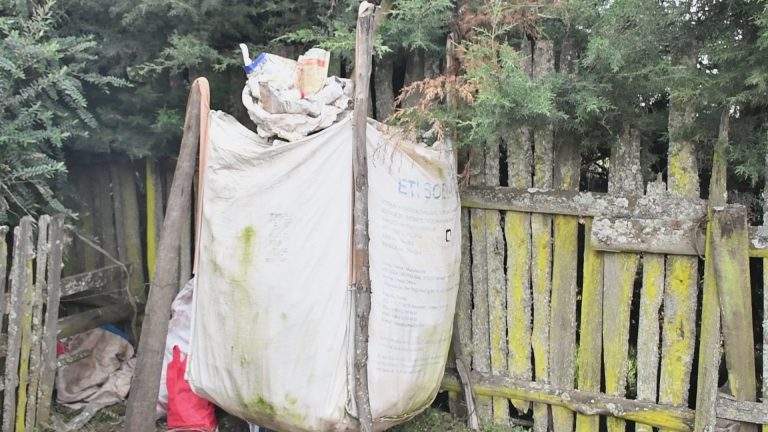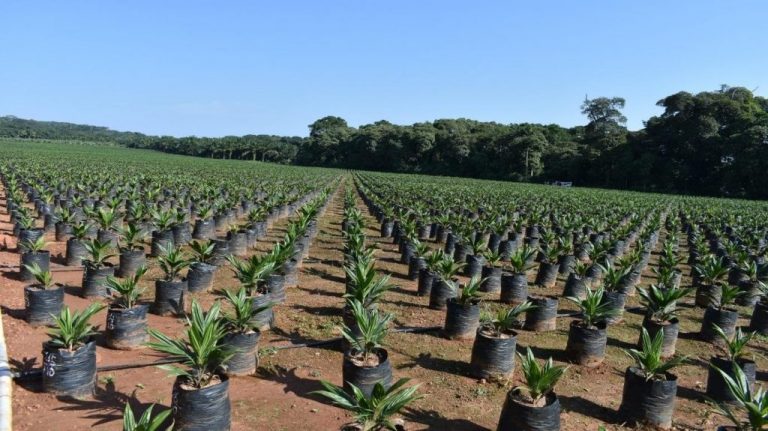The Food and Agriculture Organization (FAO) of the United Nations has given out a warning on the possible spread of locusts into more areas in the affected countries and a possible invasion of more countries. Below is the warning from FAO.
In the Horn of Africa, there has been a significant and extremely dangerous increase in swarm activity during the past week in Kenya where numerous, large immature swarms are spreading from the initial invasion areas of the northeast (Mandera county) south to Wajir and Garissa, west along the Ethiopian border (Moyale and Marsabit counties) and southwest into central areas north of Mt Kenya (Isiolo, Samburu, Meru and most recently Laikipia counties).

One immature swarm was 60 km long by 40 km wide in the northeast. More swarms are expected to occur in these areas, some of which are already moving north of Mt. Kenya westwards to the Rift Valley (Baringo county) where they could continue northwest to Turkana county, while others will move west along the Ethiopian border, and some swarms could move further south to Tana River county.
Some swarms may reach northeast Uganda and southeast SouthSudan. In all areas, there is an unprecedented threat to food security and livelihoods. In the northeast, some swarms have started to mature, which means that egg-laying could be imminent in open areas of sandy moist soil where eggs would hatch after about two weeks and give rise to numerous hopper bands in February.

In Ethiopia, immature swarms continue to form and move in the eastern regions of Harar (East Harerghe) and Somali (Jijjiga and Warder, Kebridehar, Gode in the Ogaden). Immature swarms are also present further south in Oromiya (Bale) and in the past days on the edge of the Rift Valley (Borena) near Teltele and Yabello. Some swarms have started to mature in the Gode area. More swarms are expected to appear in the southern parts of Oromiya and Somali regions and in the southwest region of SNNPR (South Omo) where they are likely to mature and lay eggs.
In Somalia, mature swarms are present in the Garbahare area near Mandera, Kenya.









